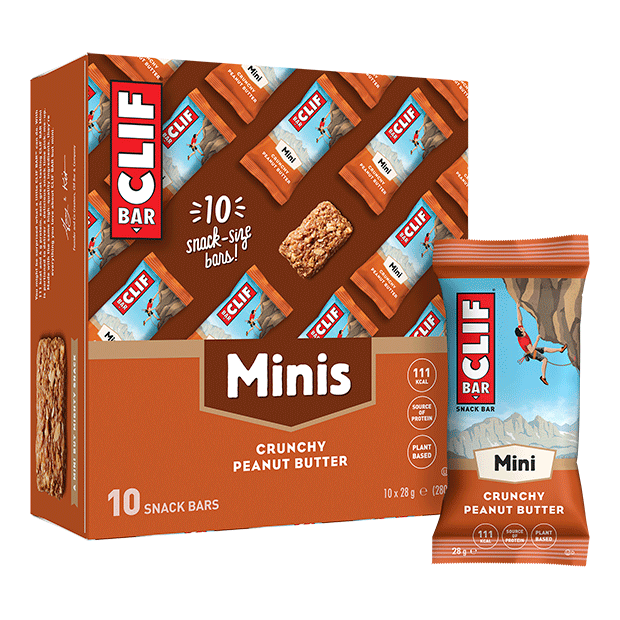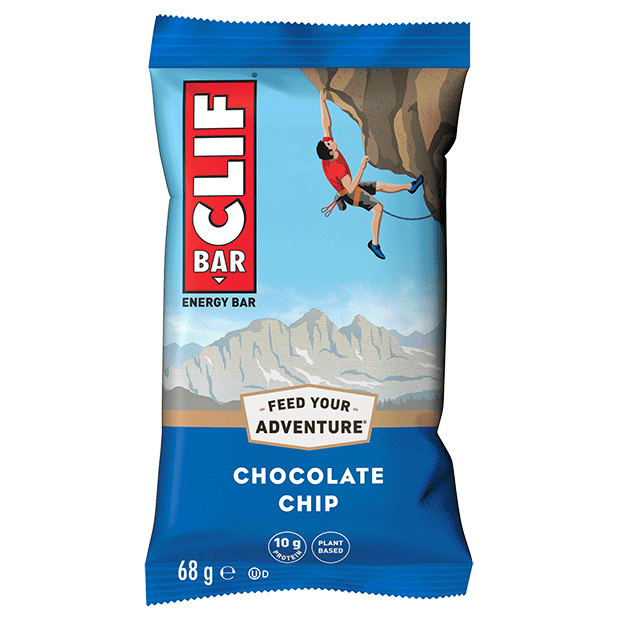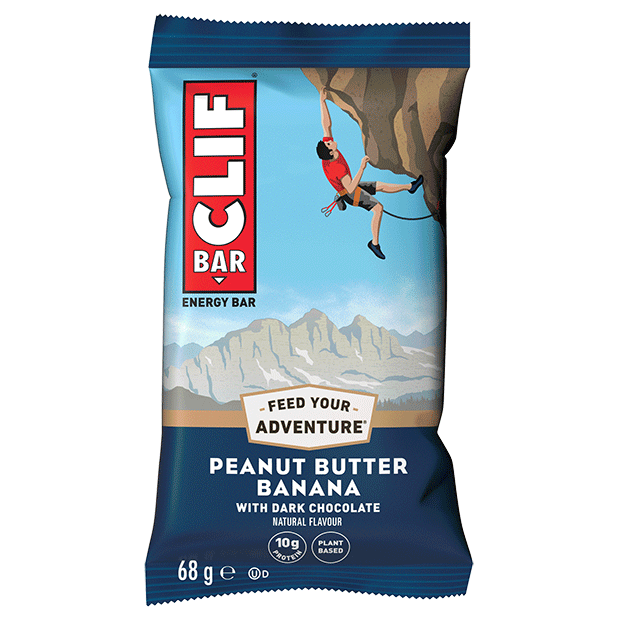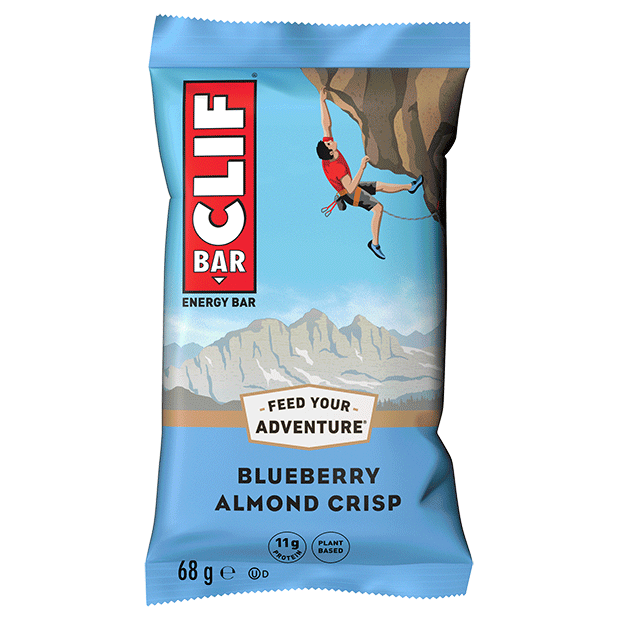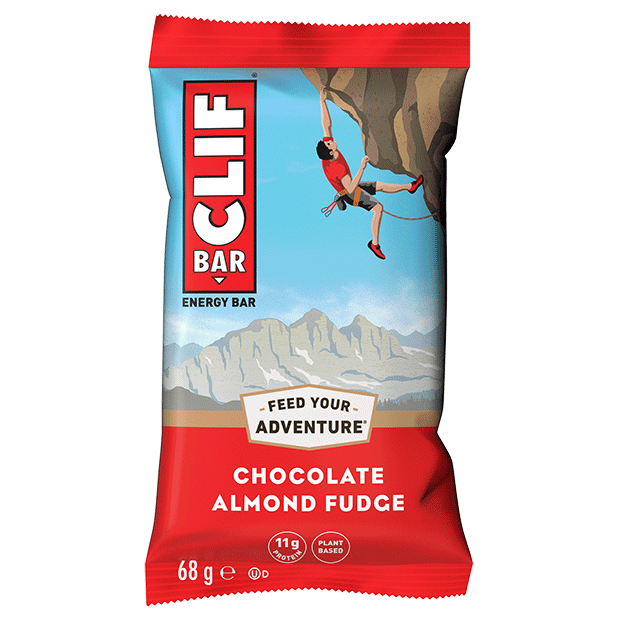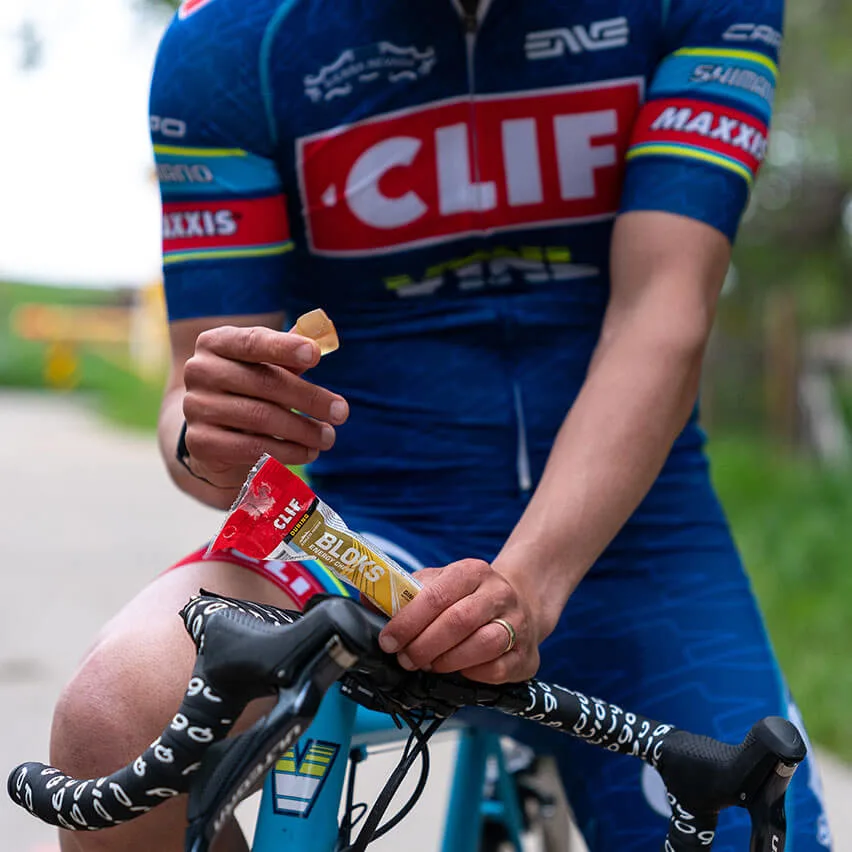The ideas and suggestions written below are provided for general educational purposes only and should not be construed as medical advice or care. Always seek the advice of a physician or other qualified health provider before beginning any physical fitness or health- and nutrition-related activity.
Ashima Shiraishi, who at 20 years old is considered one of the greatest sport climbers of all time, was just six when she discovered bouldering in a gym in New York City’s Central Park.
For us here in Europe, bouldering gyms are everywhere, with around 500 in Germany alone. In the U.K., the Association of British Climbing Walls estimates that eight million visits were made to climbing gyms annually before the pandemic. Bouldering’s popularity is not surprising when you consider it appeals to athletes of all types and relies as much on problem-solving and creativity as it does strength and technique.
So, What Is Bouldering?
Bouldering is a form of free climbing without ropes and harnesses. As such, it’s typically done on small rock formations or artificial rock walls less than six meters high—low enough to jump off if needed, while indoor gyms install padded floors to limit the risk further. Climbers, or boulderers, have to solve “boulder problems,” which means successfully climbing or traversing a section of rock or wall. Bouldering addicts often say it’s like climbing a giant puzzle.
“[The problem solving] demands creativity and self-awareness from every climber,” says Shiraishi, a CLIF athlete. “This allows all climbers—across boundaries of size, strength, race, or gender—to approach a problem and climb it in a way that works for them. I think of climbing as a form of dance on the wall. It requires a balance of grace, strength, and endurance to achieve peak performance.”
The more challenging boulder problems demand plenty of arm, finger, and leg strength—experienced boulderers typically use their arms to get into position while pushing up with their legs. But while strenuous, the sport is accessible to anyone willing to develop their balance, coordination, technique, and tactical approach. It’s a full-body workout—so yes, bouldering will help get you in shape!
How Do I Get Started in Bouldering?
Indoor climbing halls are excellent for both beginners and those looking to hone their climbing skills, says Shiraishi. You won’t need to invest in any special bouldering equipment—just show up with a pair of climbing shoes and some gymnastics chalk. Or show up with nothing and rent it all there! You won’t even need a climbing companion, which is compulsory in outdoor bouldering.
Climbing routes in bouldering halls usually have colour-coded holds to help you find an easy route and stay on it. (Beginner routes are often called “ladders” because anyone who can climb a ladder can tackle them.) You can also observe other climbers for tips on solving problems. To progress to the trickier routes, you’ll need to push both your physical and mental limits—but that’s the fun part. Just remember that knowing how to “fall safely”—jump, essentially—takes practice, so stay low and take it easy.
“There will be many falls, and it is easy to get discouraged, but the small improvements will accumulate and you will get closer to your goal,” says Shiraishi. “You have to pay attention to your footwork and full-body engagement in every movement.”
Bouldering Tips for Beginners
Invest in some good-quality shoes
Most bouldering movements can be described as “static,” meaning the climber engages with the wall with three limbs while slowly repositioning the fourth. As Shiraishi points out, good footwork here is critical. You’ll use your toes a lot, so trainers won’t do. You’ll need good pair of rock shoes, which are tight-fitting, high-friction-rubber-soled shoes made especially for climbing. They should fit snugly but not painfully, so try them out at a specialist climbing shop with helpful staff.
Don’t grip too hard
Beginners tend to tense up and white-knuckle the holds, which can lead to fatigue and injury. Pay attention to how hard you actually need to grip the holds. You’ll be surprised how much you can relax.
Optimise your nutrition
Climbing works your entire body, so what you eat before and after a climbing session can affect your performance. If you’ve had a good, healthy meal within a couple of hours before climbing, you’ll be ready to go. If it’s been a while since you ate, a quick snack will help you avoid hunger and low energy levels. Try something with carbs*, like dried fruit, a smoothie with berries, or a CLIF BAR energy bar.
“Because of their taste and ease of transport, CLIF Bars are my favourite when climbing, both indoors and in the mountains,” says Shiraishi, who relies on plant-based foods like CLIF BAR energy bar. “They provide a good mix of carbohydrates, protein, fat and fibre to keep my energy levels up and to boost my days.”
When it comes to fueling recovery after a tough climb, protein plays an important role in maintaining muscle**. Bouldering demands repetitive muscle contractions that break down muscle cells. Consuming enough protein afterwards helps to maintain muscle mass and keeps you strong for your next climb. Effective post-workout snacks include dried fruit and mixed nuts, a yoghurt parfait, or even a poached egg.
Want to climb like Ashima Shiraishi? Eating like her would be a good start! But you don’t have to be vegan to see the benefits—both personally and globally—of plant-based eating.
“The right nutrition enhances my training and recovery, which is crucial for me as an athlete,” says Shiraishi. “Changing what I eat to a purely plant-based diet has improved my recovery, my energy level, my mental clarity, and my digestion significantly.... [And] with environmental issues on the rise, it’s critical right now that each individual brings small changes, such as avoiding or reducing the consumption of meat.”
*Carbohydrates contribute to the recovery of normal muscle function (contraction) after highly intensive and/or long-lasting physical exercise leading to muscle fatigue and the depletion of glycogen stores in skeletal muscle.
**Protein contributes to the maintenance of muscle mass.

